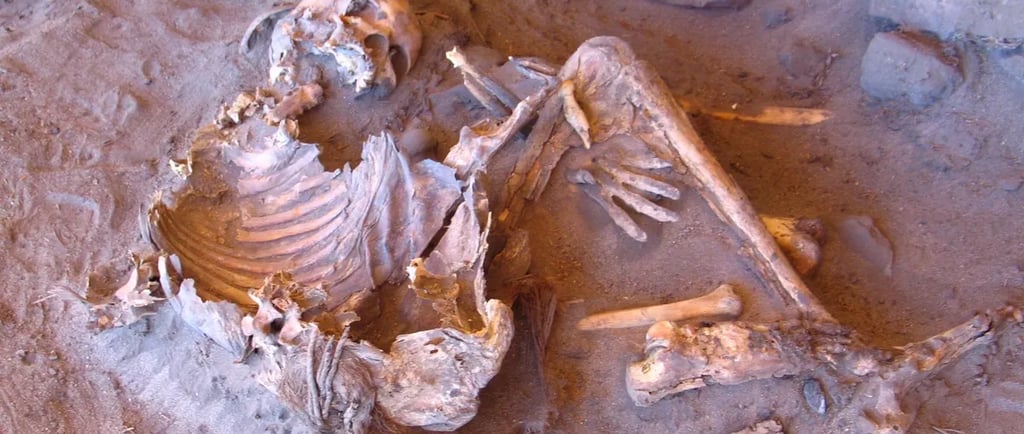The Green Sahara Mummies


Introduction to the Green Sahara
The Green Sahara, a name that evokes images of fertile landscapes and thriving communities, was once a vibrant region that significantly contributed to human history. Thousands of years ago, this territory was not the arid desert we know today but a lush expanse teeming with life. Researchers have discovered mummies from this period, which present a unique opportunity to explore the genetic makeup of ancient humans.
Unveiling the Mysteries of the Mummies
Recent studies led to the analysis of mummies dating back approximately 7,000 years, yielding intriguing findings about their DNA. The scientific investigation revealed genetic markers distinct from those found in modern human populations. This distinction prompts questions regarding the migratory patterns of these ancient peoples and their interactions with surrounding groups.
Implications of Unique DNA Findings
The examination of the mummies' genetic material suggests that these individuals possess ancestries that differ significantly from contemporary populations. This revelation supports theories about the regions they inhabited, their lifestyles, and the environmental changes that may have influenced their evolution and eventual decline as the Sahara transitioned into its current state. Understanding this uniqueness in DNA not only provides insight into the demographics of ancient Africa but also helps to map the genetic diversity that has shaped humanity.
Through this research, we may uncover how genetic variation played a role in the survival of these communities amid changing climates and shifting ecosystems. Additionally, the distinctions in their DNA can help scientists trace the lineage and migration routes of ancient populations, enriching our knowledge of human history.
Conclusion: A Call for Continued Research
The fascinating findings regarding the 7,000-year-old mummies from the Green Sahara highlight the importance of continued archaeological and genetic research. These mummies not only illuminate the past but also invite further inquiry into the genetic legacies that have influenced modern human beings. As we delve deeper into the ancient world through scientific advancements, we gain valuable insights that could reshape our understanding of human origins and evolution.
